Africa: Kilimanjaro Safaris
You should put any parcels into the holders - this ride gets quite
bumpy in several places. Keep your camera ready at all times (start with a fresh roll, 36 exposures if possible), because
you never know what you'll see around the next corner or over the next hill. The photos on this page were taken from six safaris. Most of the "good" shots were from early morning or late day safaris.
You are driving through various animal habitats
Park observers are often checking the animals, especially in the morning. DAK is a recognized zoo, and students can often be seen observing.
Hippos:
In our June late Safari, one of the hippos took a rare graze out of the pond:
Termite mounds
Tommies (Thompson Gazelle)
Baboons in the rocks to your left,
Giraffes (yes, there is a baby giraffe in the pics)
Sausage trees (they make a lemonade!); they didn't have 'fruit' in December:
Rhinos:
Cheetah (tough to catch sight of them)
Ostrich, West African crowned cranes (see the News clip
"Ride Changes - Birds Killed"),
Flamingos
a whole pond of crocodiles tanning in the sun (presuming you survived the rickety, falling-down bridge)
Elephants - saw them three out of six safaris; best chance is early/late:
and some very lazy lions. Every time we went by their den, the female was sitting on guard,
and the male was stretched out sleeping under a nearby tree.
No two rides will be the same, with a different selection of animals each time you venture out.
During many of our rides, the elephants weren't visible, and the lions were sleeping on their rock outcropping.
The animals can get very close to you, like this Kudu:
The animals have the right of way: this driver had to wait for strolling antelope. Our driver on one
of our trips had to wait for several ducks in one of the pond fords.
When you finally encounter the elephant poachers on your safari, hang on! Some of the drivers take the challenge of
chasing them quite seriously. You pass their camp
During the Christmas holidays, Night Safaris were previewed with mixed success -
the plot changed, since many animals could not be seen. Night Safaris used special
vehicles that had powerful lights all around, and a second observer to do narration.
They may return in summer.
You exit Kilimanjaro Safaris at a Gorilla Falls viewing area.
On our tour we're now going to follow the path to the right, entering the Gorilla Falls Exploration Trail,
which is now called Pangani Forest Exploration Trail:
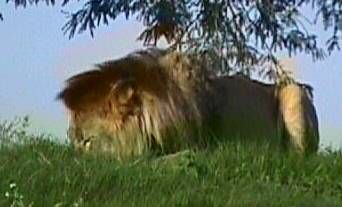
Join our Photo Safari! We've added more pictures from 1999.
Thanks to Alastair and Kim for updating and correcting the identification of the animals.
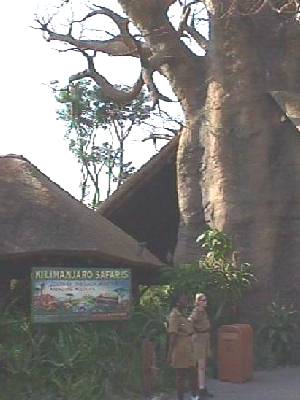
Head straight ahead from Mombasa market to the entrance to Kilimanjaro Safaris.
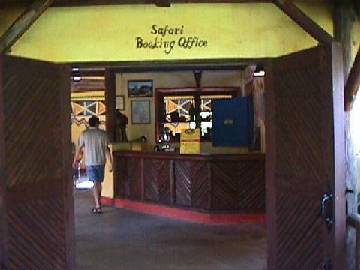
The queue area is quite long and winds its
way through several displays of animals and buildings.

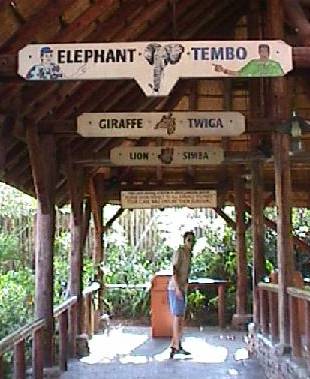
I would guess that the queue line is set up for a 90 minute wait if it was completely full, but
check the signs. Our preview day was lightly attended, so we only had a 10 minute wait.
The visit in June, late in the day (6pm and 7:30pm) had only a few minutes' wait. The November visit
wait was 15 minutes, and in January 99, the early morning visit at 8am had no line. Typical mid-day waits
are around an hour. (Go early and/or late.)

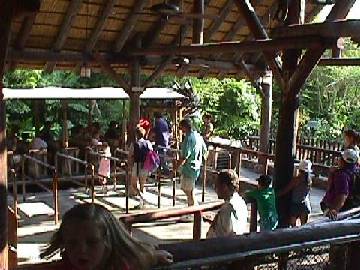
The Kilimanjaro Safaris is a ride on open-air narrator/guide (many of the guides were African students; see the DAK News article) driven lorries.
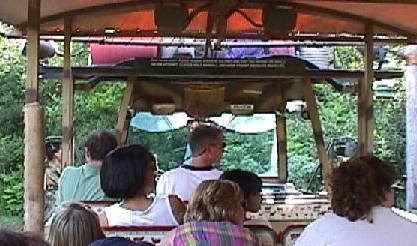
You're quite high up - bus height - so you get a good view as you drive through 100 acres of savanna
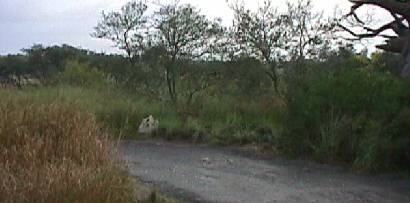
kopjes (rock outcrops), hills, rivers and ponds.
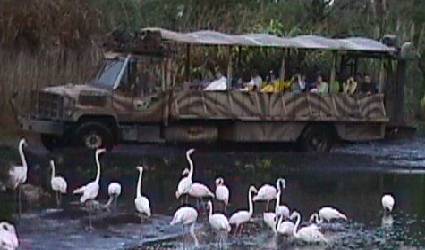


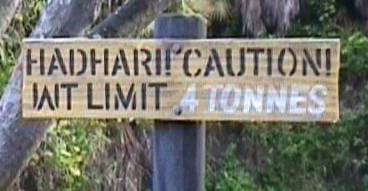
Shortly after you depart, you'll be asked to keep an eye out for elephant poachers - and this plot develops as you
go along.
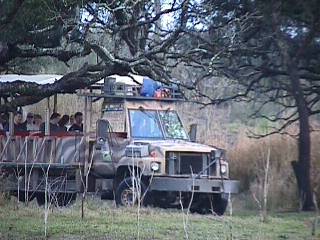
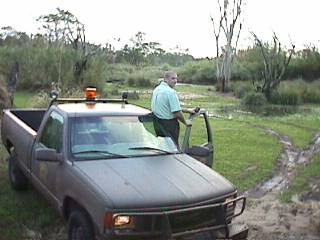
You'll see African animals such as Nyala, Common Eland, Scimitar-horned Oryx:
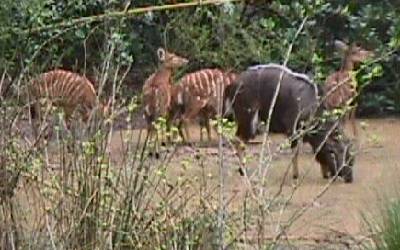
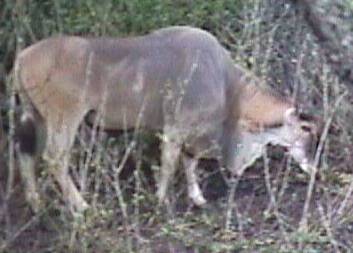

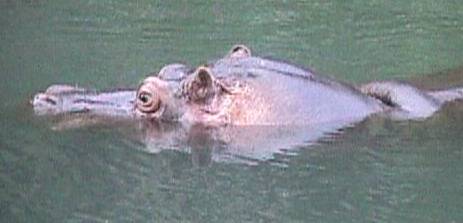
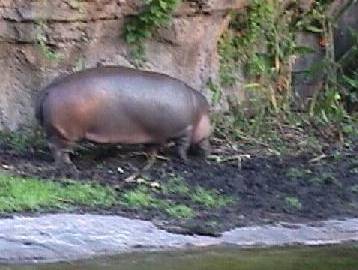
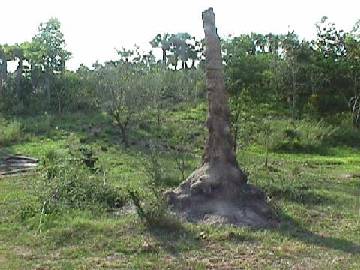



Antelope (Oryx)
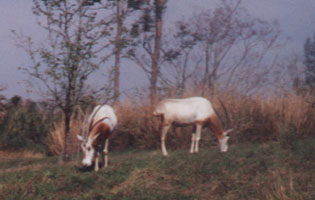
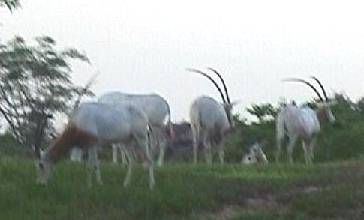
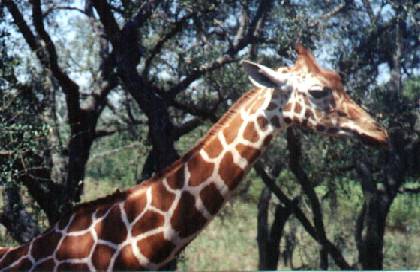

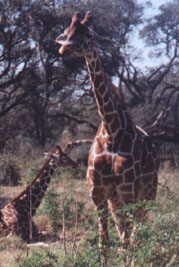
zebras, gazelle,
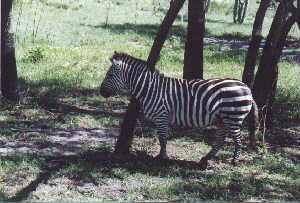

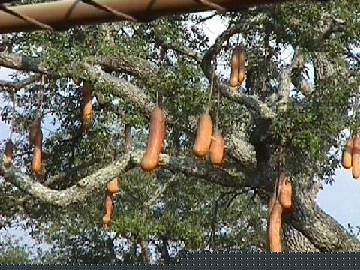

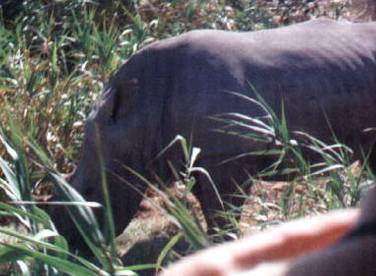
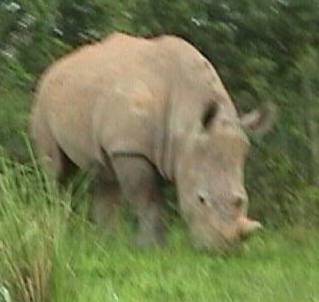
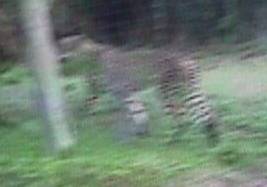
White Scimitar-horned Oryx, Greater Kudu
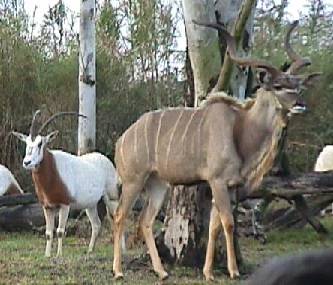
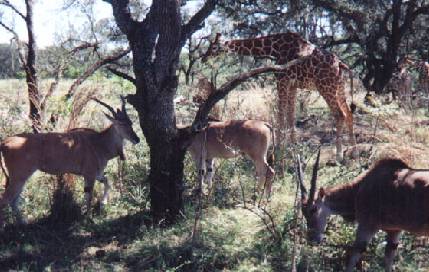
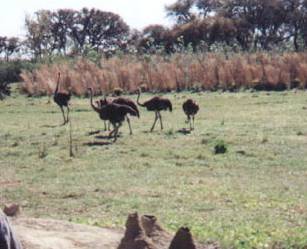


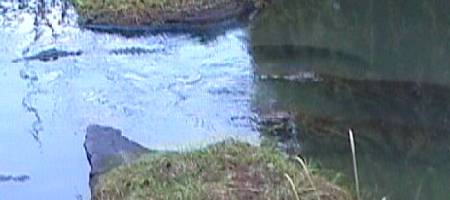
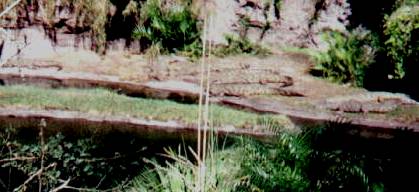
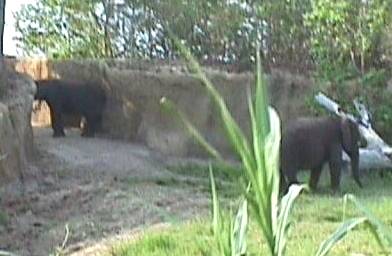
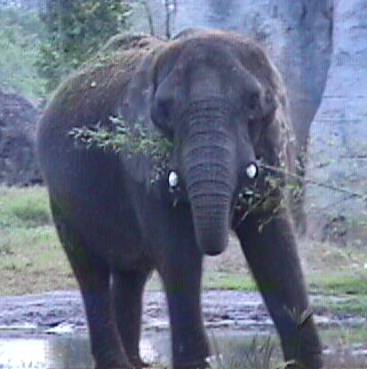
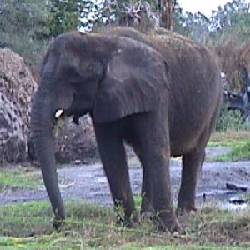

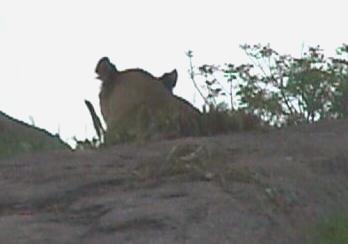

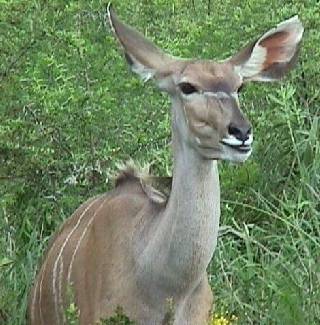
On a June safari, several animals came right up to our vehicle.
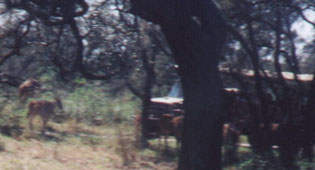
Yes, you drive into rivers and ponds.
If you notice, however, the trail bed is poured concrete, sculpted to look and feel like rutted mud.

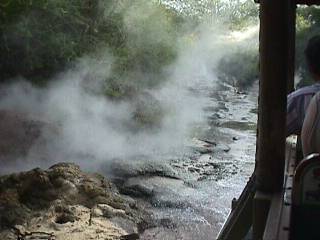

And help in their capture
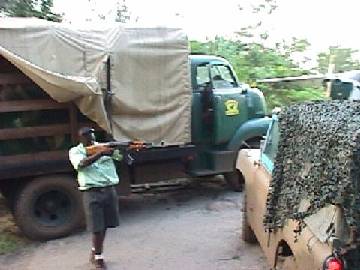
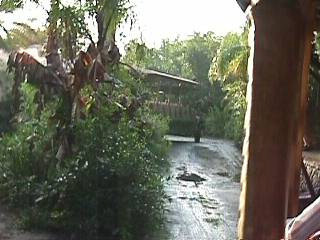


Click here to continue our tour to Pangani Forest to see the gorillas!